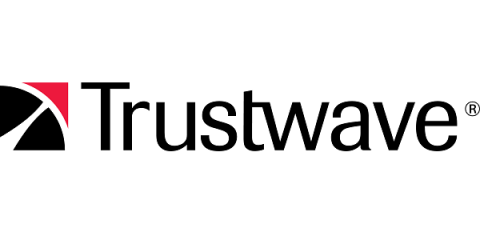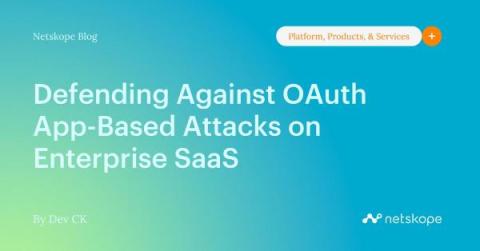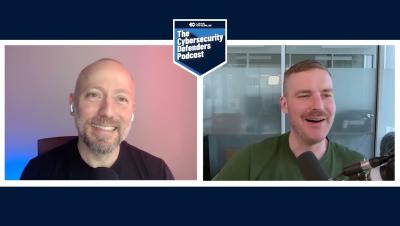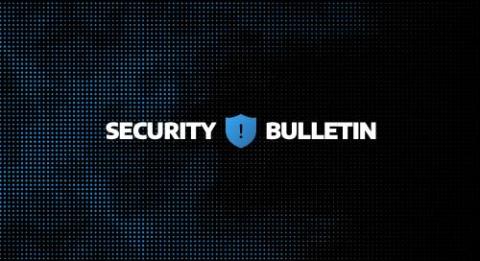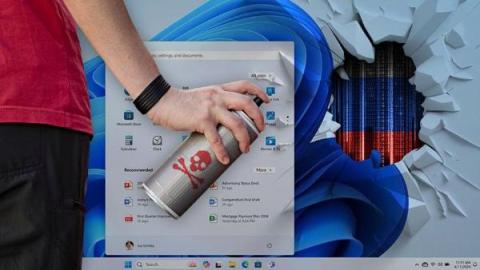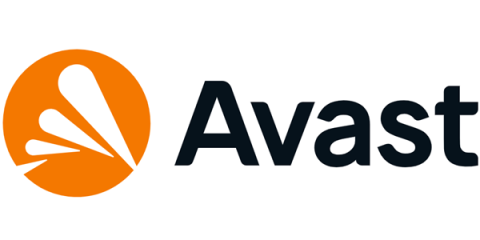Top tips: Four ways to protect your organization from increasingly advanced social engineering attacks
Top tips is a weekly column where we highlight what’s trending in the tech world and list ways to explore these trends. This week we’re looking at four ways you can protect yourself from increasingly advanced social engineering attacks.




